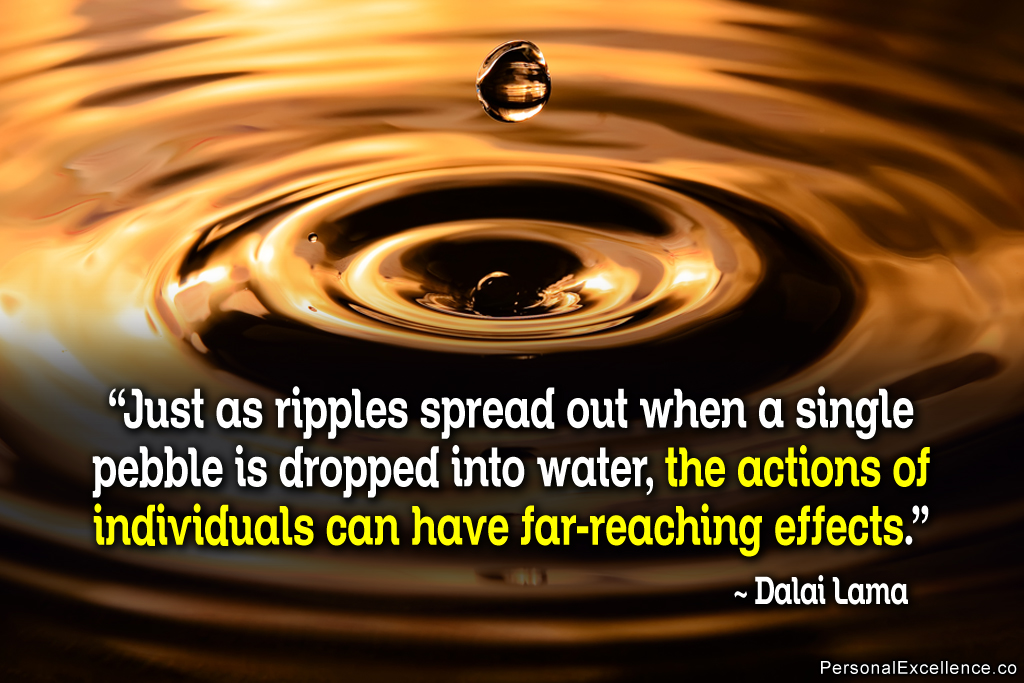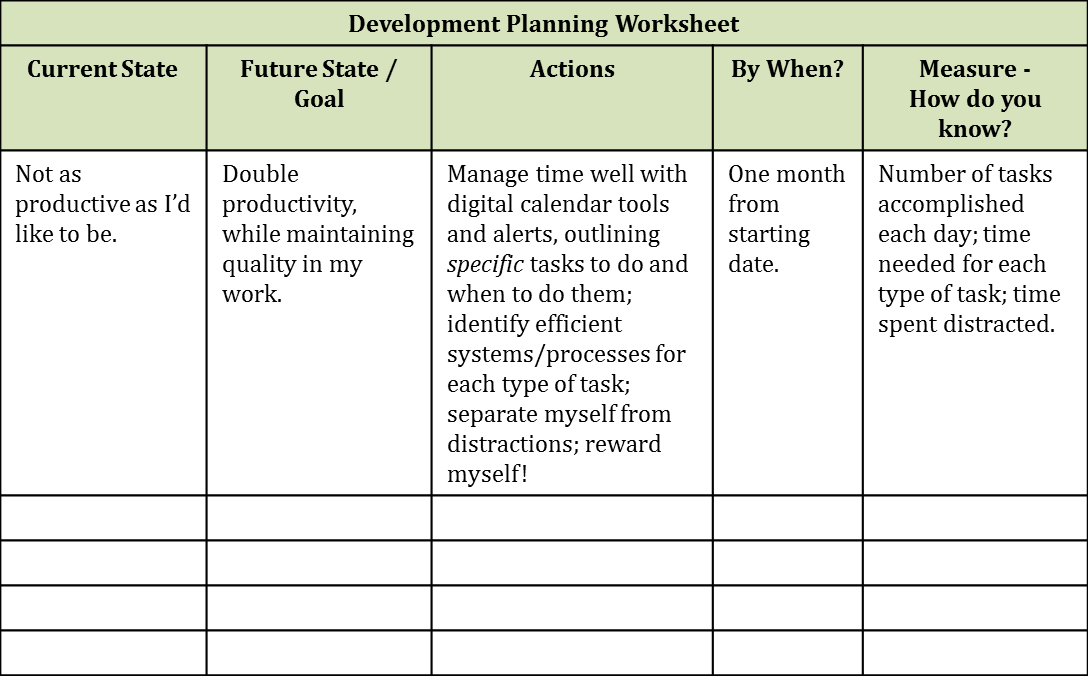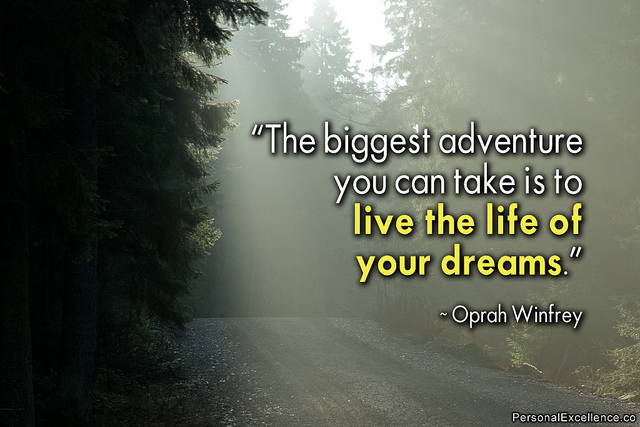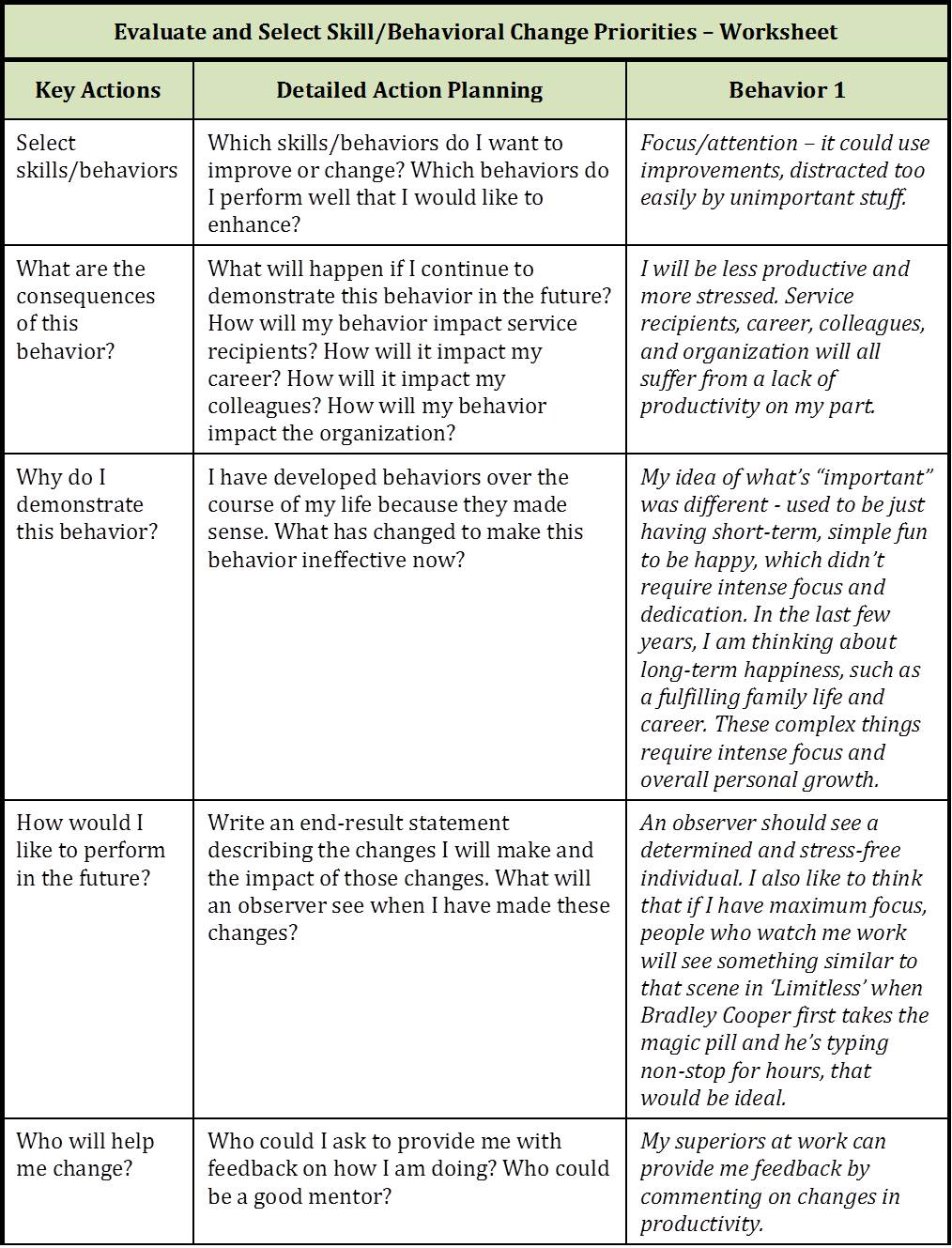The 5 Main Reasons Why People Get Stuck and Stop Growing
Jared Graybeal shares insights about his book in the podcast The Self Help Book: Practical Ways to Never Stop Growing and the following article.
Do you ever feel stuck in your own routine? If the feelings of momentum and growth seem elusive in your current life phase, you may be interested in learning how to get “unstuck.”
However, I firmly believe that there’s a seriously important step before moving into the action phase. We need to look at why you’re feeling stuck in the first place.
Without first acknowledging some of the things that hold us back, we may never have the humility and maturity to approach growth with the right mindset.
To help you identify the source of your stagnation, I’ve compiled a list of the five main reasons why most people get stuck and stop growing. See if any of these resonate with you.
Reason #1: We stop making an effort to learn.
Unless they’re forced to learn things at work in order to keep their job, most people don’t commit to a life of continued education. This could be because of burnout from the education system, or it could simply be because committing to a life of never-ending learning is hard.
There are a lot of easier and more immediately rewarding things to do with our time after we get off work, like watching TV, scrolling on social media, or hanging out with friends.
Reason #2: We stop setting goals.
According to the latest research, less than 3 percent of Americans have written goals, and less than 1 percent review and rewrite their goals on a daily basis.
Why? I believe lack of self-confidence, fear of failure, laziness, and impatience keep us from looking forward to the things we want to achieve.
Unfortunately, the minute we stop setting goals, we become aimless.
Reason #3: When we set goals, we suck at it.
Studies show that less than 25 percent of us actually stick to New Year’s resolutions after thirty days, and only 8 percent accomplish them. Clearly, there’s something wrong with how we are setting goals.
Why? Because most of us just don’t know how. Brian Tracy, self-development author and goal-setting expert, says, “One of the greatest tragedies of our educational system is that you can receive fifteen to eighteen years of education in our schools and never once receive a single hour of instruction on how to set goals.”
Reason #4: We are one-track minded about growth.
Most people think growth is linear, assuming you can only grow in one way at one time. Then they get stuck on it.
For example, if you’re trying to get a promotion, you dial into the lifestyle it takes to get that promotion and forsake everything else. Or if you’re trying to lose weight, you do a mediocre job at work, maybe hang with your friends when it’s convenient, but give your fitness goals 100 percent of your attention.
The problem with this is that we stay there, and even once we’ve reached our goal, we don’t think to diversify until we’ve sunk into the depressive state of being stuck again.
Reason #5: Growth can be painful.
When I was in high school, I was 4’11” until my junior year. I prayed daily to grow, but nothing happened…until eleventh grade. I grew seven inches that year (and about three inches more since then, thankfully), and I can remember how painful that was. Seven inches in one year is an unusual growth spurt, and it caused a lot of pain to my joints, especially my hips.
But as I was going through that pain, I was also very thankful, because I had gotten the growth I had been praying for. Personal growth can be much like that. Both the work required and the change that comes with the results can be painful at times, and some people aren’t cut out for that level of discomfort. Once you accept that pain is a part of growth, you will also be able to enjoy the fruits of it later on and live a life of constant, positive change.
What’s keeping you stuck?
It may not be just one reason. You may identify with several of these reasons, and that’s OK. It’s not that you’re more stuck or hopelessly stuck.
It’s that you’re human and honest and ready to move forward. Now that we’ve covered the bad news and the not-so-fun statistics, here’s the good news: you can change.
Getting unstuck isn’t that hard—I promise. It’s just a few small, simple steps done consistently over time. You can live a life of greatness, fulfill your potential, and be happy doing it. Most importantly, you can start right now.
Not next Monday, next month, or next January.
RIGHT NOW.
For more advice on personal growth, you can find The Self Help Book on Amazon.
About the Author
Jared Graybeal’s mission is to encourage, educate, and empower others to live happier, healthier lives. I am a NASM-certified personal trainer, fitness nutrition specialist, behavioral change specialist, CrossFit Level 2 trainer, and corrective exercise specialist with an education in marketing and psychology from the University of North Florida. I own and operate two companies. One is Superfit Foods, a healthy, subscription-based, fully customizable meal prep company. The other is E3, a business consulting and marketing agency. I’ve done a few cool things, like exhibiting Superfit Foods at Forbes Under 30 and giving a TEDx Talk on nutrition and mental health, and every day I get to work hard at doing what I love.
Photo by Content Pixie on Unsplash





